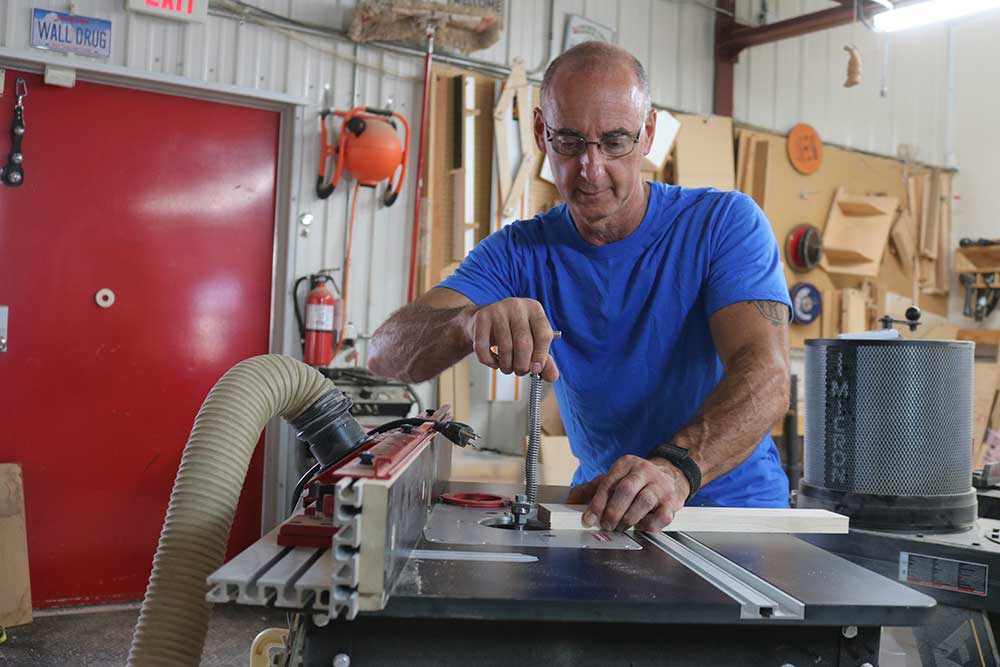
Gluing Wood Using a Rub Joint
George VondriskaDescription
When gluing wood together a rub joint can be used to ensure a strong joint when clamping is not an option. George Vondriska teaches you how to create a rub joint that you can use on your woodworking projects. By jointing the edges of both pieces, painting wood glue onto one edge and then applying slight pressure to rub the pieces together, you can create an edge-to-edge joint that is strong enough to hold even under severe force.
Share tips, start a discussion or ask one of our experts or other students a question.
Already a member? Sign in
One Response to “Gluing Wood Using a Rub Joint”
Premium Membership
Unlock exclusive member content from our industry experts.
- 24/7 Access to Premium Woodworking Videos, Projects, and Tips
- Step-by-Step Instructional Demos, Plans, and Tutorials
- 50% Off Video Downloads Purchased in the Woodworkers Guild of America Shop
- 2 Printable Woodworking Plans
Unlock exclusive member content from our industry experts.
- 24/7 Access to Premium Woodworking Videos, Projects, and Tips
- Step-by-Step Instructional Demos, Plans, and Tutorials
- 50% Off Video Downloads Purchased in the Woodworkers Guild of America Shop
- 2 Full-Length Video Downloads to Watch Offline
- 2 Printable Woodworking Plans
Gold Membership
$370 Value
Get everything included in Premium plus exclusive Gold Membership benefits.
- 24/7 Access to Premium Woodworking Videos, Projects, and Tips
- Step-by-Step Instructional Demos, Plans, and Tutorials
- 8 Full-Length Video Downloads to Watch Offline
- 3 Full-Length Woodworking Classes to Keep for Life
- 7 Printable Woodworking Plans
- Discounts on Purchase-to-Own Content in the Woodworkers Guild of America Shop
- Access to Ask the Expert Program
- Exclusive GOLD LIVE Streaming Events
will Titebond II and III work just as well for the rub joint?